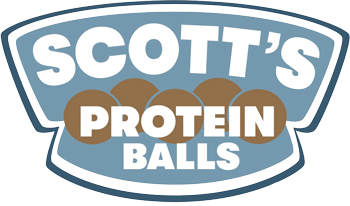The New York Times Cuts Through the Hype on GMOs
They’re likely safe to eat, but they sure haven’t lived up to their high-yield, low-pesticide promise.

Eighty percent of US corn, by far our biggest crop, is genetically modified. What has that gained us?
Genetically modified seeds emerged in the mid-1990s and have since conquered million of acres of US farmland. Today, upward of 80 percent of corn, soybean, and cotton acreage is planted with crops engineered to withstand herbicides or insects, as have large portions of our sugar beet and alfalfa crops. Beyond the massive marketing triumph and financial success of companies like Monsanto and Syngenta—which sell both the seeds and the related herbicides—what has the industry achieved in terms of public benefits?
Have they helped farmers churn out more food per acre and reduce pesticides, as the industry has long claimed? Or, as some of their more extreme critics suggest, are they subtly poisoning the food supply?
In Sunday’s New York Times, investigative journalist Danny Hakim has an elegant, in-depth piece digging beneath considerable industry hype to examine that question. His conclusion: While “fears that they are unsafe to eat” are “largely unsubstantiated,” “genetic modification in the United States and Canada has not accelerated increases in crop yields or led to an overall reduction in the use of chemical pesticides.”







